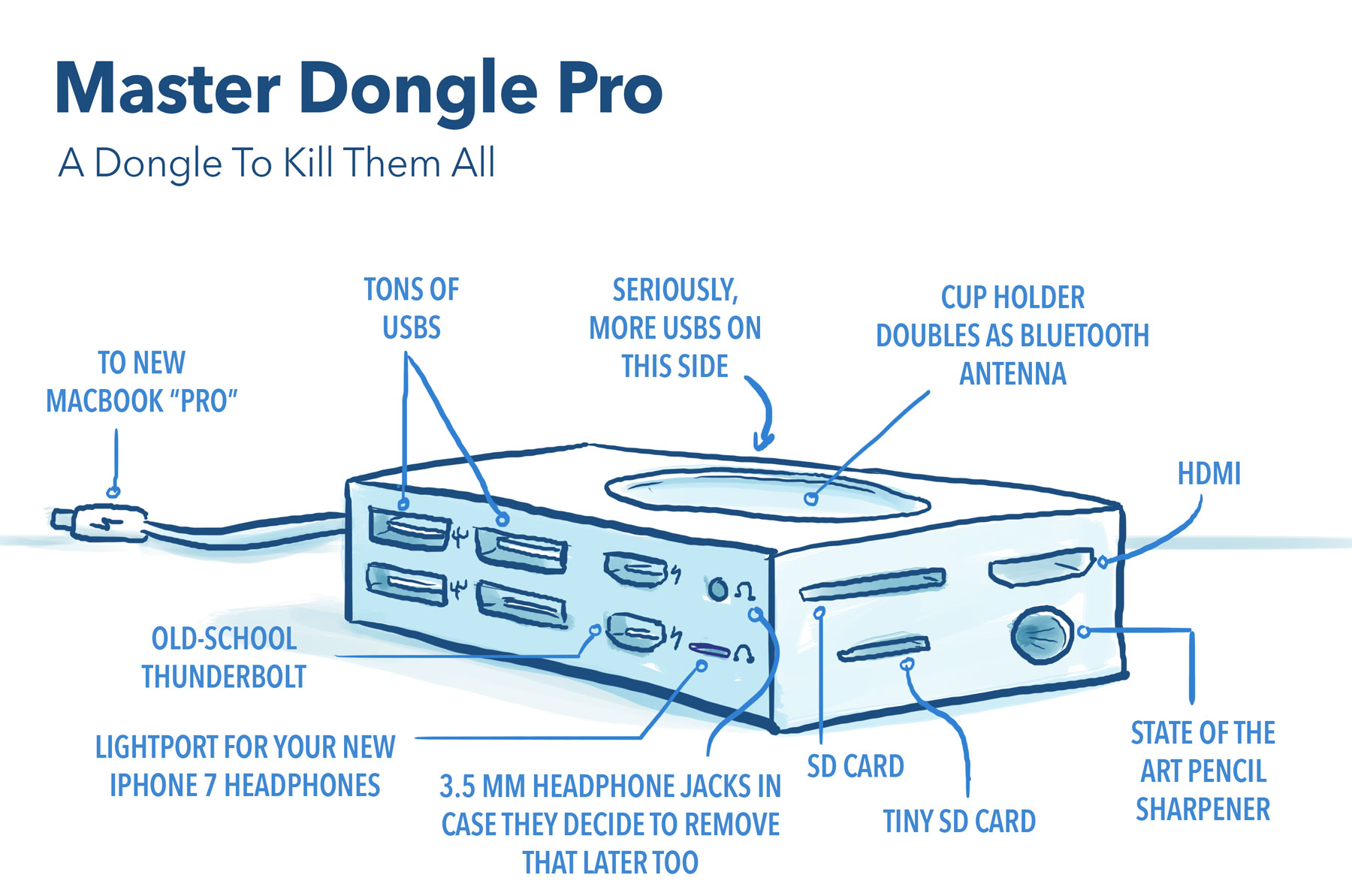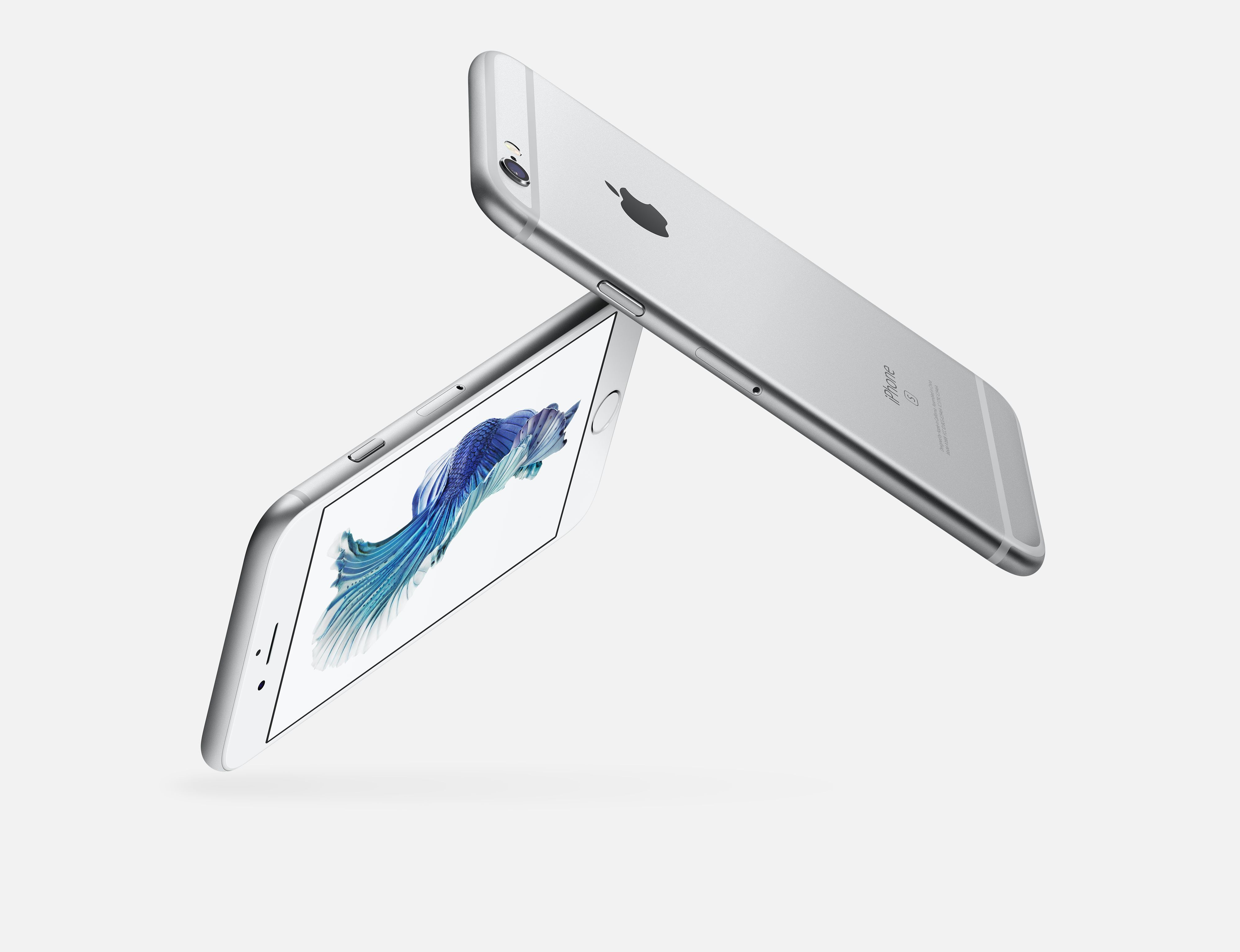FitPebbles
Pebble Supporters Are Pissed Over Rumors It Will Sell Itself:
Pebble, the maker of the original e-ink smartwatch, has a lot of passionate and loyal customers, and those customers are pissed. Following the rumors that Pebble is about to crumble under the heel of Fitbit, the company’s many Kickstarter backers are in an uproar.
As we shared earlier today, rumor has it fitness tracker maker Fitbit is in talks to buy Pebble, dismantle the business, and take all the tech. It’s a smart move for Fitbit, and an ouch move for Pebble, which would be selling for a tenth of what watch maker Citizen offered it last year.
Hey, this is business. Too bad. I was never a fan of Pebble. The design of the user interface is interesting, but I still think the hardware designs are ugly.
I always like it when greedy startup founders reject huge offers only to end up settling for a fraction of the amount later on. At the same time I can understand why Pebble rejected the offer. Citizen would have had no idea what to do with Pebble if they had acquired them.
This detail about the yet-to-be-shipped Pebble 2 Kickstarter rewards is infuriating:
Things are bleaker for Pebble Time 2 backers. Those backers were expecting an update in November with an anticipated ship date of January 2017. Instead, many woke up this morning to find that there was still no news on shipments. (Pebble last communicated to backers October 26.) However, there was news of Pebble possibly disappearing completely.
They raised $12.7 million dollars and still have unfulfilled rewards.
That’s bullshit.



